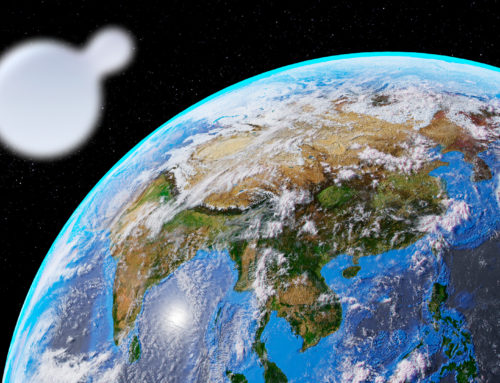At Esferize we are passionate about wireless communications and innovation, but sometimes the best way to innovate is to know who did it first. That’s why today we want to share with you the story of Nikola Tesla, the forerunner of wireless communications. Nikola Tesla is one of the most influential figures in the history of science and technology. However, his story is rather peculiar and not entirely known to the general public.
The beginnings of Nikola Tesla
Tesla was born in a small village of just 400 inhabitants in the Lika region of Croatia. After a humble childhood marked by cholera at the age of 17, he served in the army and enrolled at the Polytechnic University of Graz in Austria, where the idea of free energy for the whole world was beginning to germinate in his head.
Years later, in Paris, he was hired by the Edison Company. In 1884 he crossed the pond to New York with a letter of recommendation from his boss in Paris and went to Thomas Alva Edison’s office. The letter read: “I know two great men and you are one of them. The other is the young man who is the bearer of this letter”.
And Edison hired him that same day. But there were differences between the two, which grew over time. Edison was an advocate and the first introducer of direct current. Tesla’s system, alternating current, was better and is still used today. But Edison thought only of his own business and, in the grip of envy, did not cease to humiliate and ridicule Tesla: making him work eighteen hours a day from Monday to Sunday fixing technical problems, or putting on “shows” to discredit alternating current.
Tesla said goodbye to Edison after a very bad joke from the latter, stating “The present is yours, but the future is mine”.
Wardenclyffe, the dream that never came to be
After the successes of alternating current in previous years, Tesla decided to go all in on his great dream: to achieve wireless power and communications. This project began to materialise through the Wardenclyffe Tower, also known as the Tesla Tower, a high-voltage tower with a 30-metre-high antenna whose purpose was to enable transatlantic commercial telephony, boost radio broadcasting, and demonstrate that it was possible to transmit energy wirelessly, without wires between transmitter and receiver, and also free of charge. It was to follow the same principles as radio.
When he asked for more funding for further research, he was deliberately denied. There were too many interests at stake to allow an almost utopian inventor, who had already proved himself capable of achieving major breakthroughs such as alternating current, to ruin an industry monopolised by a few elites. So Wardenclyffe was forced to close before it was fully operational and partially demolished in 1917, in the middle of World War I, when Tesla was already in his sixties.
Oblivion
In the last years of his life, The Times interviewed Tesla, who revealed that he “only hoped to live long enough to at least put a device in a room that could be activated by the energy around it”..
In his twilight, Tesla died alone, abandoned. After his death in 1943, the campaign began to erase his name from history and attribute his successes to others, and to focus his memory on his eccentric character.
For example, Edison was proclaimed the father of electricity, and Marconi the inventor of radio. But both, without Tesla, would have been nothing. Especially Marconi, who used seventeen of Tesla’s patents for his first broadcast in 1901, taking credit for it without citing him.
Why so much interest in erasing Tesla? Mainly, two main reasons:
Tesla never wanted to submit any papers to the academic community, earning their enmity and, with it, their opposition to any new inventions he created.
Tesla’s dream was to obtain free energy for the whole world and, what’s more, delivered wirelessly. This clashed head-on with the aspirations of the economic powers and energy monopolies who saw their business in danger.
As if the popular scorn were not enough, the US government seized all his papers, including his own studies and research, through the FBI. It took years for his family to recover them, with the help of the embassy of the former Yugoslavia, and they have been on display at the Nikola Tesla Museum ever since.
At Esferize we believe, like Nikola Tesla, that the existing possibilities are not always the only ones, but that there is something better to come and we simply have to discover it. Even if it takes a long road of effort and perseverance to achieve it. Undoubtedly, his example is an unbeatable mirror in which to look at ourselves every day in order to demand the maximum and always offer the best to each customer.





